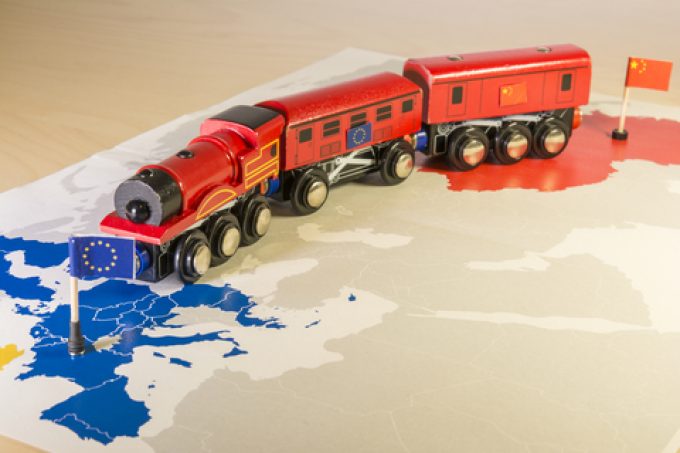South Korea moves to support export supply chains as tariffs loom
In preparation for the expected introduction of wide-ranging tariffs on goods imported into the US, ...

The port of Duisburg is teaming up with Cosco Shipping Logistics to build Europe’s largest inland container terminal, as it looks to tap into “booming” Silk Road rail volumes.
However, the move follows claims that Chinese subsidies were turning the burgeoning rail route into a “huge ...

Comment on this article